Nature Collection - Gwanghwamun Branch [Tax Refund Shop] (네이처컬렉션 광화문)
1.2Km 2024-04-18
1F, 105, Saemunan-ro, Jongno-gu, Seoul
-
Kukje Gallery (국제갤러리)
1.2Km 2021-07-29
54, Samcheong-ro, Jongno-gu, Seoul
+82-2-735-8449
The Kukje Galley has been committed to presenting the work of significant Korean and international contemporary artists to the public since 1982. The gallery has established itself as a leading venue for international exhibits such as Helen Frankenthaler, Sam Francis, Jim Dine, Frank Stella, Robert Mangold, Anthony Caro, Cy Twombly, Edward Ruscha, Anselm Kiefer, Joseph Beuys, and Bill Viola, attracting enthusiastic responses from both the public and the media.
The gallery has placed emphasis on collaborations between artists, galleries, and art dealers around the world and nurturing upcoming artists by sponsoring their artwork and giving them international exposure.
Nodaji Pumba(노다지품바)
1.2Km 2020-12-18
40 Jong-ro 35-gil Jongno-gu Seoul
+82-2-764-5814
You can enjoy egg cockle shabu-shabu. This Korean dishes restaurant is located in Jongno-gu, Seoul. The most famous menu is shabu-shabu.
Sejong Center (세종문화회관)
1.2Km 2023-06-14
175, Sejong-daero, Jongno-gu, Seoul
+82-2-399-1000
Sejong Center, officially known as Sejong Center for the Performing Arts, opened on July 1, 1999 to provide citizens with a cultural art space. Having completed a grand remodeling project in 2007, Sejong Center offers customer-friendly programs aimed at improving the quality of art performances in a comfortable resting area. Comprising the Grand Theater of Sejong Center, Sejong M Theater, Sejong Chamber Hall, Exhibition Hall, and other subsidiary facilities, Sejong Center is a multicultural art center.
Various genres of performances including traditional, classic, and crossover have taken place in the center, giving many opportunities for cultural nostalgia.
* Opened April 14, 1978
Hwangudan Altar (환구단)
1.2Km 2020-05-07
112, Sogong-ro, Jung-gu, Seoul
+82-2-3396-5842
Hwangudan Altar, also called Hwandan Altar, refers to an altar complex for the rite of heaven. The rites were first performed in the Goryeo dynasty by King Seongjong in the first month of 983 (2nd year of his reign), but was repeatedly adopted and abolished, and eventually stopped at the start of the Joseon dynasty.
Then in 1456 (2nd year of King Sejo), the practice was temporarily standardized and the rites were performed at Hwangudan Altar again in 1457. However, rites were again abolished in 1464 (10th year of King Sejo). It wasn’t until 1897 (34th year of King Gojong) when the Joseon dynasty was renamed as the Korean Empire and King Gojong ascended to emperor, that the rite was revived.
Now, Hwangungu Shrine and three stone drums stand at the location of the former altar complex. The three stone drums symbolize the instruments used for the rites. The shrine was completed in 1899, two years after the altar was started in 1897. Today, the Hwangungu Shrine still stands within the hotel grounds of the Westin Chosun Hotel.
Stylenanda Flagship Store - Myeong-dong Branch [Tax Refund Shop] (스타일난다플래그쉽스토어 명동)
1.2Km 2024-06-27
37-8, Myeongdong 8-gil, Jung-gu, Seoul
-
Eun Ha Su (은하수)
1.2Km 2021-10-20
145, Toegye-ro, Jung-gu, Seoul
+82-2-3705-9141~2
Eun Ha Su at Sejong Hotel was opened in 1978 as Elysee, the first Korean buffet in Korea. For the past 30 years, the restaurant has gained acclaim for its healthy and nutritious Korean cuisine, attracting both Korean and international diners.
Sejong-ro Park (세종로공원)
1.2Km 2022-08-31
jiha 189, Sejong-daero, Jongno-gu, Seoul
+82-2-722-9598
Sejong-ro Park is located next to Sejong Center for the Performing Arts in central Seoul. Inside the park, there are wooden benches and shaded areas where people can sit and relax. Also available are water fountains, a round outdoor stage, and various sculptures. The lunch crowd from the nearby office buildings often come to the park during weekdays. On the weekends, the park is also used as a venue for outdoor weddings.
Seoul's anthem and the poem "Bulnori" by Ju Yo-han are written on a memorial stone that can be found inside the park.
Lf Hazzys - Myeong-dong [Tax Refund Shop] (LF(명동헤지스종합))
1.2Km 2024-04-19
28, Myeongdong 8ga-gil, Jung-gu, Seoul
-
On The Spot - Myeong-dong Branch [Tax Refund Shop] (온더스팟 명동점)
1.2Km 2024-04-18
37-4, Myeongdong 8-gil, Jung-gu, Seoul
-
![Nature Collection - Gwanghwamun Branch [Tax Refund Shop] (네이처컬렉션 광화문)](http://tong.visitkorea.or.kr/cms/resource/54/2888854_image2_1.jpg)
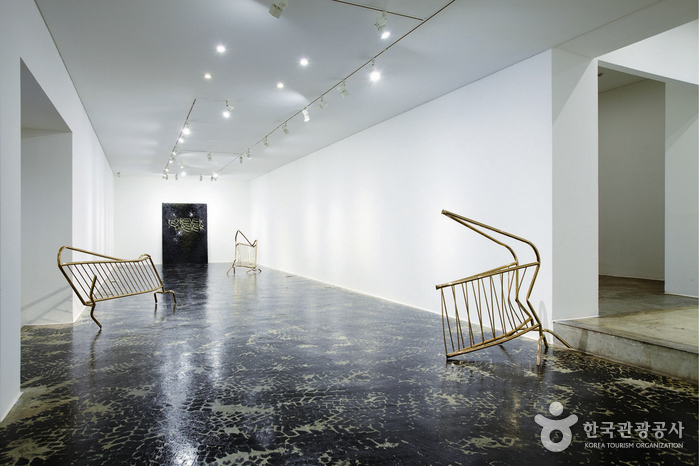
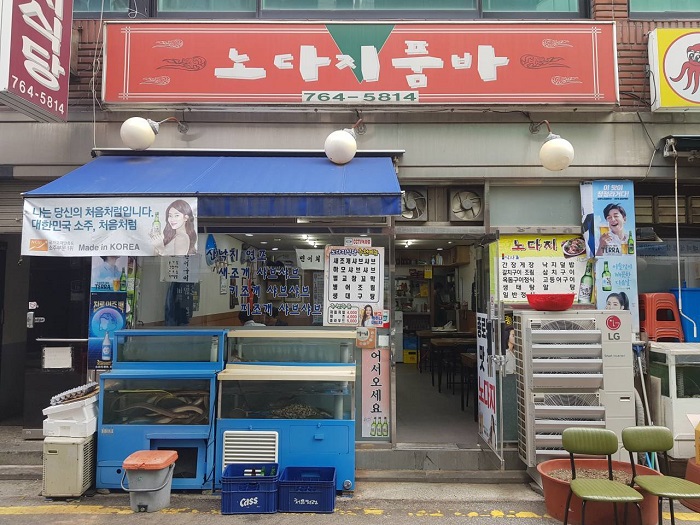
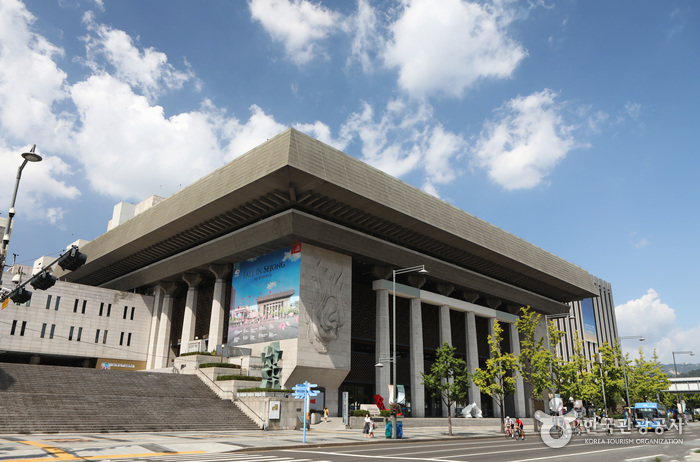
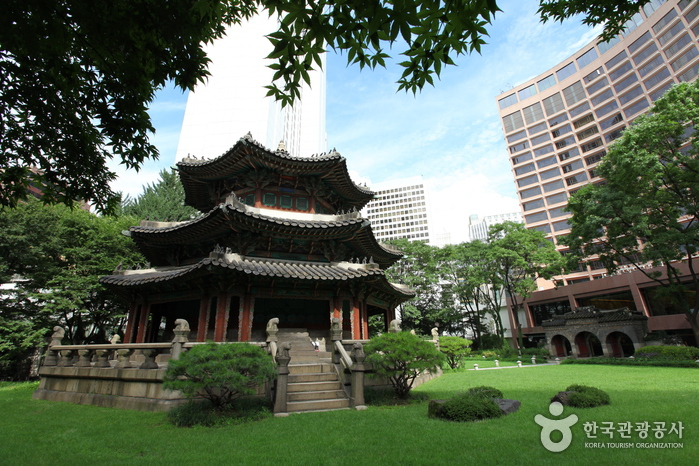
![Stylenanda Flagship Store - Myeong-dong Branch [Tax Refund Shop] (스타일난다플래그쉽스토어 명동)](http://tong.visitkorea.or.kr/cms/resource/53/3314453_image2_1.jpg)

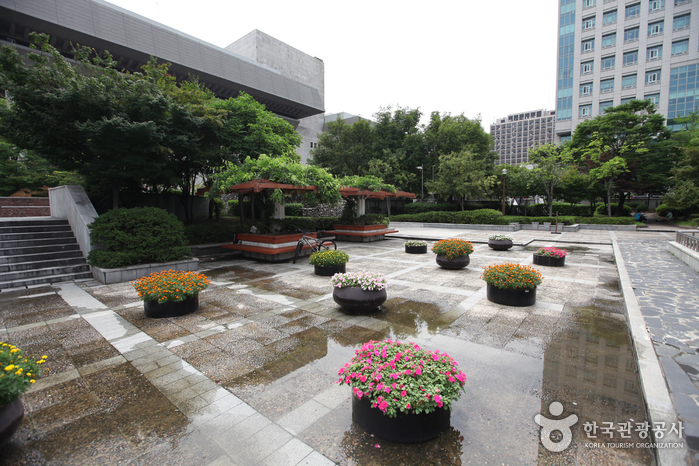
![Lf Hazzys - Myeong-dong [Tax Refund Shop] (LF(명동헤지스종합))](http://tong.visitkorea.or.kr/cms/resource/55/2878655_image2_1.jpg)
![On The Spot - Myeong-dong Branch [Tax Refund Shop] (온더스팟 명동점)](http://tong.visitkorea.or.kr/cms/resource/42/2878642_image2_1.jpg)
 English
English
 한국어
한국어 日本語
日本語 中文(简体)
中文(简体) Deutsch
Deutsch Français
Français Español
Español Русский
Русский